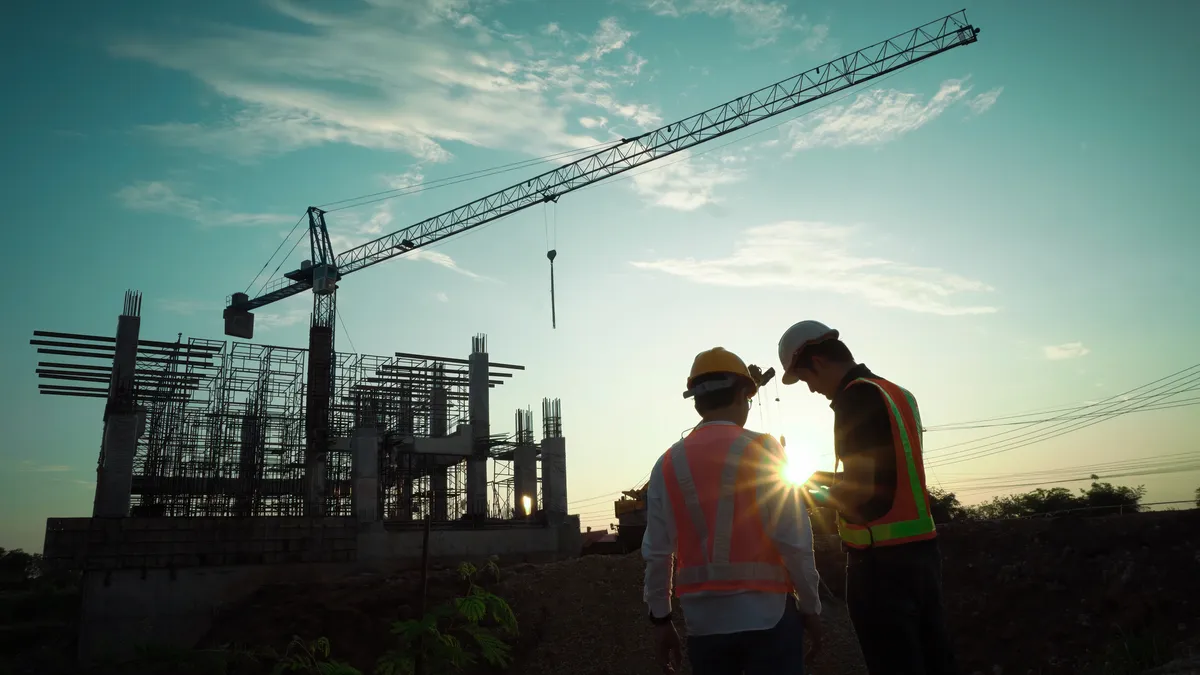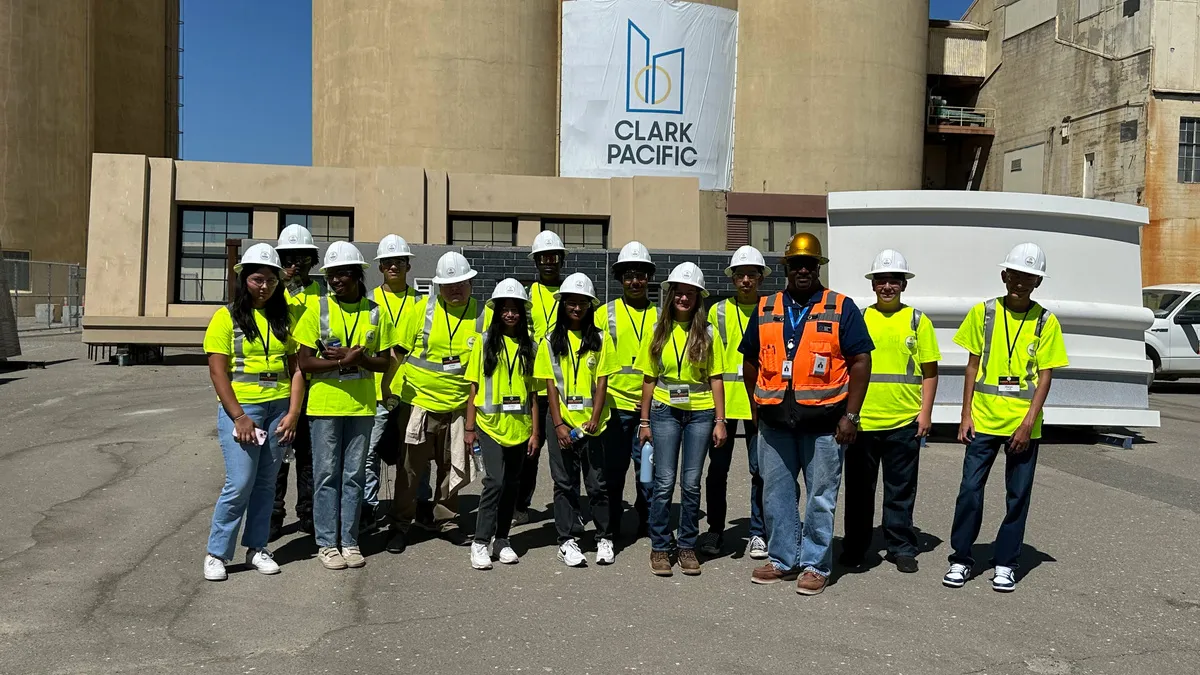The following is an opinion piece from Kris Corbett, director at Atlas Injury Prevention Solutions, and Kyle Schmoyer, an environmental health and safety reporter. Opinions are the authors’ own.
While some might argue that it is impossible to eliminate workplace accidents, getting as close to zero as possible is a goal of some of the leading organizations in the world. That is because they all understand the same thing, that safety is excellent for business, and a commitment to reducing accidents also lowers operating costs, decreases turnover and boosts productivity.
Workplace safety has made massive strides over the last several decades. However, there is still a lot of work to be done because an unacceptable number of people are injured or killed in preventable workplace accidents each year.
How many people are getting hurt at work?
According to the Bureau of Labor Statistics, employers in the United States reported 2.7 million workplace injuries and illnesses and 4,764 fatalities in 2020. It might be challenging to wrap your head around those numbers, but when you average it out, that means that 7,397 people are hurt and 13 people lose their lives each day at work.
One of the nation's most hazardous industries is construction. Employers in construction reported 174,100 injuries and illnesses in 2020 and 43% of those injured required days away from work.
Many construction sites have a full-time emergency medical technician available to respond to workplace injuries and illnesses. The main issue with this approach is that someone must be injured to gain value from an onsite EMT. Some EMTs do incorporate additional injury prevention services; however, advanced education and training is often needed to diagnose and treat common injuries like work-related musculoskeletal disorders which account for 33% of all job-related injury and illness cases.
Although a full-time onsite EMT was a constructive step forward when it first gained popularity in the industry, this approach has since become outdated. The ability to react quickly and efficiently to accidents is essential, but it is only one part of the safety puzzle. Safety leaders today understand that to make real change, organizations must shift their focus toward a more proactive approach. The goal is no longer to just respond to accidents but to prevent them.
What is a better solution?
An embedded onsite injury prevention provider, like a physical therapist or athletic trainer, is a modern twist on a trusted solution. The additional benefits they could bring include ergonomics and coaching for proper body mechanics along with proactive education around health, wellness and injury prevention.
Like athletes, construction workers rely on their bodies to make a living, and workers and their employers benefit when they perform at their best.
Just as a sports team takes steps to protect their investment in their MVPs, so can companies. Specialists can help keep your players at the top of their game, and get to the root cause of why they are in pain when it arises. Imagine conditioning a worker like a professional athlete with stretching and strengthening for the task at hand while providing coaching on proper body technique and injury prevention strategies to ensure your workers are happy, productive and injury-free.
Another benefit of the type of care is pain reduction. Unfortunately, the United States is amid an opioid crisis, and the overprescription of pain medications has left many hopelessly addicted. Due to the nature of the work, many construction workers live with constant pain from new or past injuries and can easily fall into the pain medication trap.
Many chronic pain issues can be alleviated through an onsite provider helping workers avoid the slippery slope of prescription pain medication.
The root cause
The culture of construction often means workers are less likely to seek medical help until it is too late. Onsite early intervention specialists can spot pain and other issues before they deteriorate into much more significant problems, keeping employees operating at their best. Also, these early intervention services mean as soon as discomfort occurs, an expert can quickly assess the issue and provide appropriate, non-OSHA recordable treatment to address the symptoms.
Not only will an onsite provider address the symptoms but also get to the root cause of why the discomfort occurred in the first place and offer coaching for improvement. These specialists will get involved in the incident investigation process to identify the reason for the injury or discomfort. Once identified, they can create a plan with actionable solutions, like customized stretching routines or body mechanics training.
With this new knowledge, the worker finally understands why they were hurt and how they can modify their actions or work process to prevent reoccurrence.
















